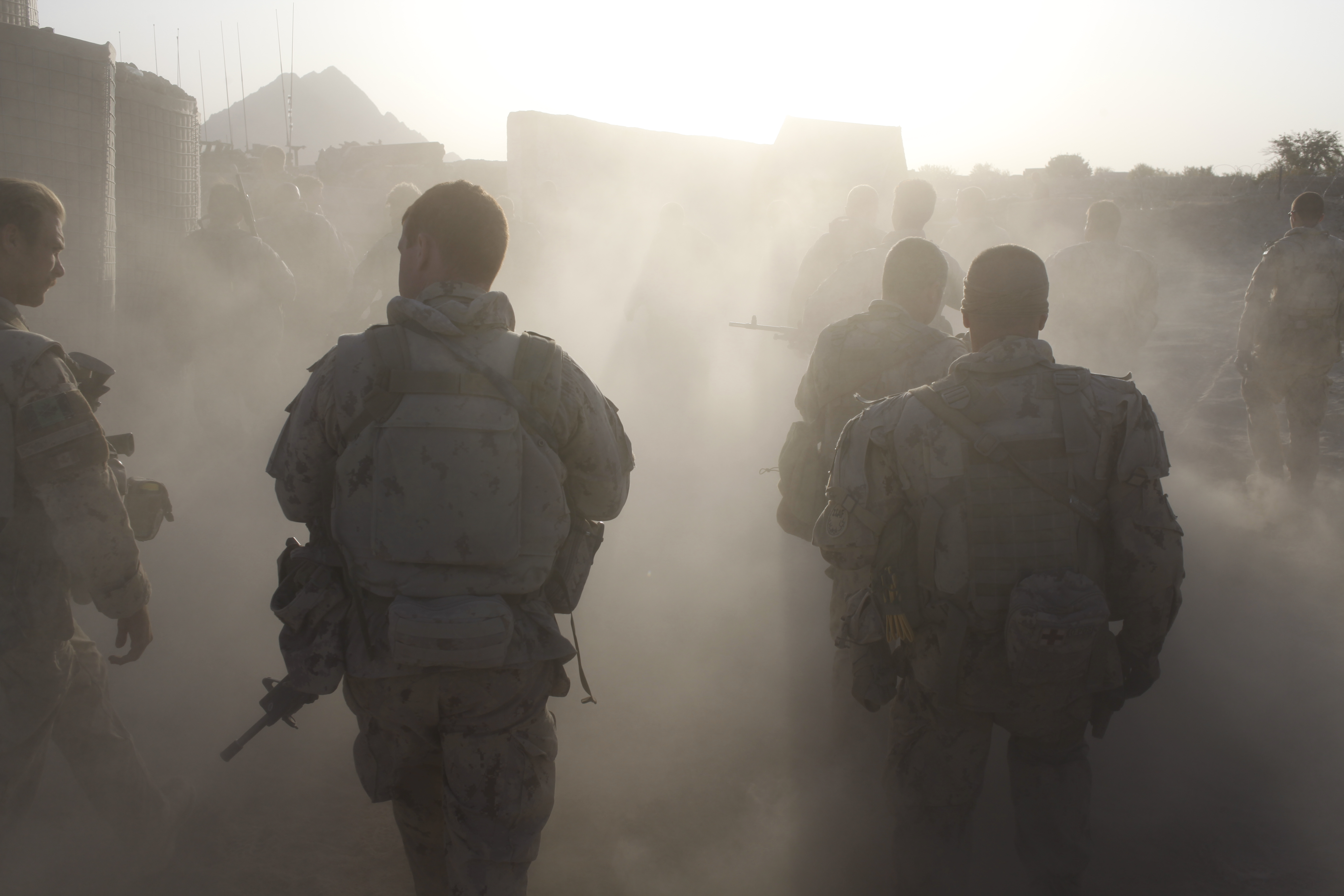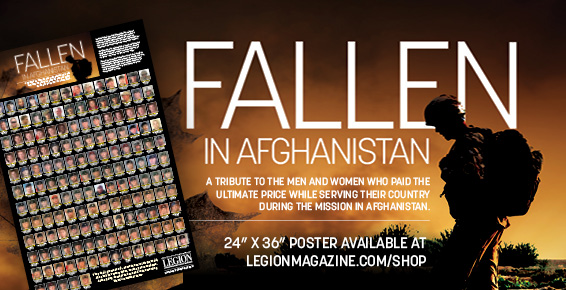Canada’s mission to Kandahar was a success because the Canadian Army, and civilians operating alongside the Army, achieved their mission goals.
When Canada’s armed forces moved to Kandahar province in 2005, they were to undertake three related missions. First, to launch a Provincial Reconstruction Team (PRT). Second, to train Afghan National Security Forces using Operational Mentorship and Liaison Teams (OMLTs). Third, to provide security for the first two and to deny the Taliban insurgents the opportunity to retake the province or its chief cities and towns, particularly Kandahar City. This last was to be achieved by a Canadian battle group (rotated every six months) operating out of Kandahar Airfield but ranging across the northern part of the province and establishing Patrol Bases, Forward Operating Bases, and securing the principal roads and highways.
The mission of the PRT was to strengthen local civil government through mentorship and to provide medical services, police training, and infrastructure support to the province’s population.
In short, Canada’s formal goals were to secure the province for the government in Kabul, suppress the resurgent Taliban, play its part to help the NATO-led International Security Assistance Force (ISAF) put down the Taliban and enable Kabul to exercise effective control over the entire country. Its informal goal—perhaps its most important goal—was to stand in for the United States forces as they withdrew from Kandahar in the summer of 2006 to re-deploy from Afghanistan to Iraq.
Its informal goal—perhaps its most
important goal—was to stand in for
the United States forces as they withdrew
from Kandahar in the summer of
2006 to redeploy from Afghanistan to Iraq.
Canada never deployed enough fighting men and women to secure all of the province all of the time. At the start of the deployment, it did not have nearly sufficient helicopter support for resupply or to aid ground troops and was entirely road bound. The armament of the LAV III (the primary vehicle/armoured personnel carrier) which equipped Canadian battle groups was vulnerable to large improvised explosive devices and its 25mm chain gun too weak to penetrate thick mud walls of compounds and grape drying huts. Thus tanks were brought in to aid the infantry. Later Chinook helicopters were obtained from the U.S. and armed Canadian Griffon helicopters were dispatched to Kandahar to escort the Chinooks.
Canada left Kandahar in 2011 due to a 2008 political compromise in the House of Commons between the governing Conservative Party and the Liberal Opposition. It is true that Canada did not stay until “victory” over the Taliban had been achieved in Kandahar or Afghanistan generally. But Canada’s small army, aided by personnel from the air force and even the navy, kept the key parts of Kandahar out of the hands of the Taliban and were more successful than not in keeping the roads open.
The larger war still goes on but most of the fight against the Taliban is now done by Kabul’s military, aided by the United States. The war may continue for years. But Canada never committed itself to stay in Kandahar until the enemy laid down his arms, just as Canada (and the UN) never achieved a “victory” over the Communist forces in Korea in 1953. This fact does not mean that Canada did not deliver on the mission it undertook in Kandahar in 2005. In 2005 and now, “victory” in the classical sense of the word was and is not achievable over the Taliban. But Canada’s objectives were accomplished.
A majority of Canadians stood behind their troops during the Afghan deployment; the same cannot be said about the mission. As the toll being paid in blood and treasure mounted, so did Canadians’ doubts about the Afghan mission. It ended in military, economic, political and moral exhaustion that has tempered interventionist exuberance ever since. The Afghan mission was schizophrenic from the outset: was the expedition meant merely to contain an existential threat, or to make Afghanistan a better place? If the former, most allied citizens were never quite sold on the idea that Afghanistan somehow posed an existential threat to begin with, and we learned the hard way that the military is hardly the optimal instrument to achieve the latter. Canadian soldiers found themselves caught in the middle of an unenviable mission with creeping objectives and no obvious end-game.
From 2005 to 2011, the standard-bearer for Canada’s military mission in Kandahar was the Provincial Reconstruction Team, mandated to assist with security, development and governance. Kandahar was always a tall order: it has long been the most dangerous region of Southern Afghanistan.
The Manley Report, which came out of an independent panel in 2008, advised Parliament about Canada’s future role in Afghanistan. The report recommended that Canada partake in “forceful representations with Afghanistan’s neighbours, in particular with Pakistan, to reduce the risks posed to regional stability and security by recent developments in that country.” While Canadian and allied militaries can try to cut off the heads of the proverbial snake(s), Afghanistan’s security has long been compromised by Taliban and al-Qaida affiliated terrorist networks.
Canadian soldiers found themselves caught
in the middle of an unenviable mission with
creeping objectives and no obvious end-game.
The PRT’s mandate of development was hampered by the lack of collaboration between the 3Ds: defence, diplomacy and development assistance. The litmus test is Canada’s high profile $50-million signature project of the Dahla Dam; to this day, it remains incomplete. The Canadian International Development Agency (CIDA) contracted this project to a multinational Canadian construction conglomerate (SNC-Lavalin) that hired a controversial local security firm. It allegedly bought off the Taliban to ensure protection.
Among the PRT’s critical responsibilities was to facilitate governance by maintaining local security in Kandahar. Yet the Manley Report found “the security and justice sectors overall—police, courts and prisons—display persisting inadequacies.” The Sarposa Prison—one of the largest facilities in the area—was raided by the Taliban in June 2008, almost six months after the report was published. About 1,000 detainees escaped, including 400 Taliban members. Evidently the Manley Report’s prescient recommendations did not materialize into genuine change on the ground.
A running joke in Ottawa is that “we have met the enemy and it is… Treasury Board.” The irony that the Taliban was being bought off with Canadian taxpayer monies and remained undeterred in its operations was not lost on local Afghans. If we cannot build dams and secure prisons, then perhaps we had better stick to the things we do best: missions that are limited in scope, with clear milestones, timelines and objectives. It would appear that neither Canada nor allies are likely to embark on an adventure of an Afghan scale again anytime soon; that speaks volumes for the mission.
David J. Bercuson, author of the “Eye on defence” column in Legion Magazine, is director of the Centre for Military and Strategic Studies at the University of Calgary.
Christian Leuprecht is professor of political science at the Royal Military College of Canada and Queen’s University, and a senior fellow at the Macdonald Laurier Institute. This article was written with Maseeh Haseeb, a PhD candidate in the Faculty of Law at Queen’s University; he immigrated to Canada from Afghanistan in 2004.
Advertisement
















